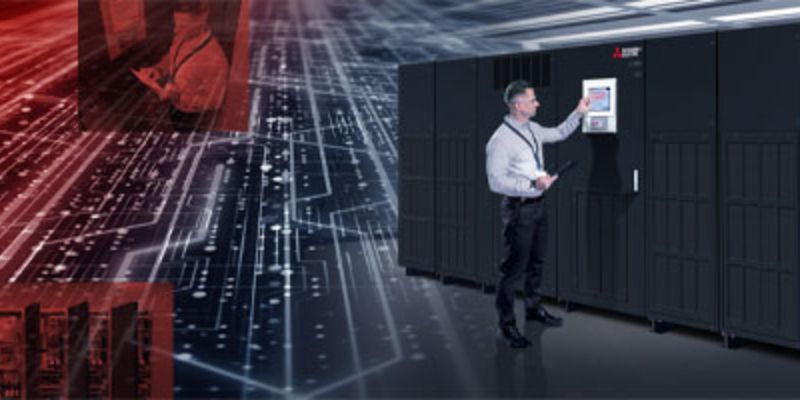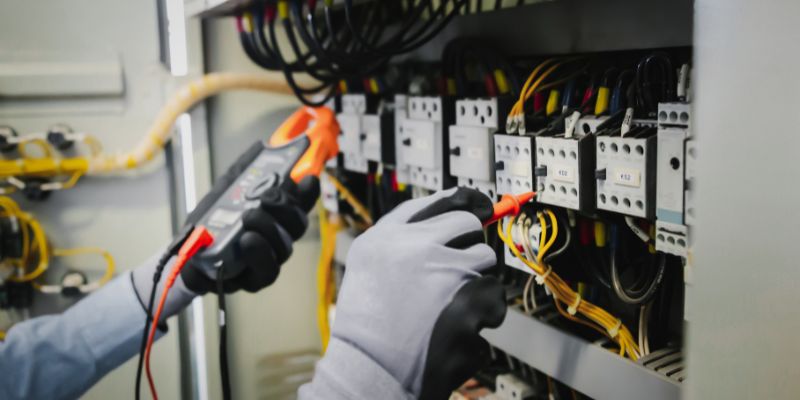When it comes to backup power systems, it is essential to differentiate between emergency generators and standby generators. Although these terms are often used interchangeably, they serve distinct purposes and have different operational characteristics. Understanding the unique features and requirements of each generator type is crucial in determining the most suitable option for your facility. It is important to understand the differences between emergency generators and standby generators, their applications, and the importance of maintaining continuous uptime.
Emergency Generators: Swift Response for Critical Systems
An emergency power generator provides power to critical systems during an outage and is designed to activate automatically. This class of generator is more expensive but boasts a rapid response time of approximately 10 seconds, significantly faster than the standby power generator’s one-minute response time. Emergency systems rely on fuel sources such as diesel, natural gas, or propane, which can be stored at your facility or delivered as needed. These generators are designed to ensure a consistent supply of electricity when it is most needed.
Emergency generators are required in locations where lighting is crucial for the safe evacuation in high-occupancy buildings and to control panic. They are commonly installed in healthcare facilities, hotels, sports arenas, theaters, and similar institutions. Emergency generators serve various purposes, including illuminating exit signage, powering fire suppression pumps, maintaining fire alarm and life safety systems, providing elevator lighting, and ensuring emergency voice/alarm communication systems remain operational.
In healthcare settings, these generators are essential for supporting critical medical and lifesaving equipment, such as respirators. Emergency generators are also critical for radio systems in police stations, 911 dispatch centers, and firehouses, enabling effective response in emergency situations.
Standby Generators: Essential and Non-Essential Applications
Standby power supply generators can be further categorized as legally required and optional standby generators. While both are considered less essential than emergency systems, they play vital roles in different scenarios.
Legally required standby power systems are not directly linked to life safety but are crucial for preventing hazards that could hinder rescue efforts or firefighting operations. These systems have a 60-second automatic load transfer requirement, making them slower to respond compared to emergency generators. Legally required standby generators are powered by diesel, propane, or natural gas, and their wiring can share the same infrastructure as general wiring.
Optional standby generators are deployed as discretionary measures in environments where human life does not depend on the system’s performance. While essential to business operations, these generators have no code requirements and do not compromise human safety if they fail to kick in during an emergency. Optional standby generators have no minimum requirement of time to transfer the load and operate using natural gas, diesel, or propane.
Applications and Importance
Emergency power generators are critical components in fire and life safety systems, as highlighted by their inclusion in NFPA 110, the Standard for Emergency and Standby Power Systems. They provide reliable backup power in high-occupancy buildings, healthcare facilities, and emergency service organizations, ensuring continuous operation during outages and enabling safe evacuation procedures.
Standby generators, whether legally required or optional, also serve significant purposes. Legally required standby systems offer support during firefighting operations and rescue efforts, contributing to overall safety. Optional standby generators play a vital role in ensuring uninterrupted business operations, preventing financial losses, and minimizing disruptions.
Critical Power and Generator Services
Understanding the differences between emergency generators and standby generators is essential when selecting the appropriate backup power system for your facility. While emergency generators respond swiftly to power outages and are critical for life safety, standby generators cater to scenarios where hazards need to be minimized or business operations must continue. By comprehending the unique aspects and applications of each generator type, organizations can make informed decisions to safeguard their critical systems and maintain an uninterrupted power supply.
For assistance in selecting the best type of generator for your facility, contact Santa Fe Power Solutions, a leading nationwide provider of generator equipment and services for critical power solutions. We offer emergency power services, quality equipment, and maintenance plans to ensure you always have power when and where you need it most.
Santa Fe Power Solutions offers turnkey critical power solutions, including the right type of generator and UPS backup systems for your facility and application. We provide full system design, installation, testing, repairs, and maintenance as part of our comprehensive critical power services and solutions. Contact us with any questions and learn how to protect your facility with the right type of emergency or standby power generator.





